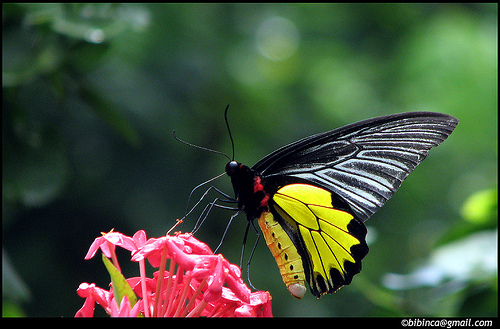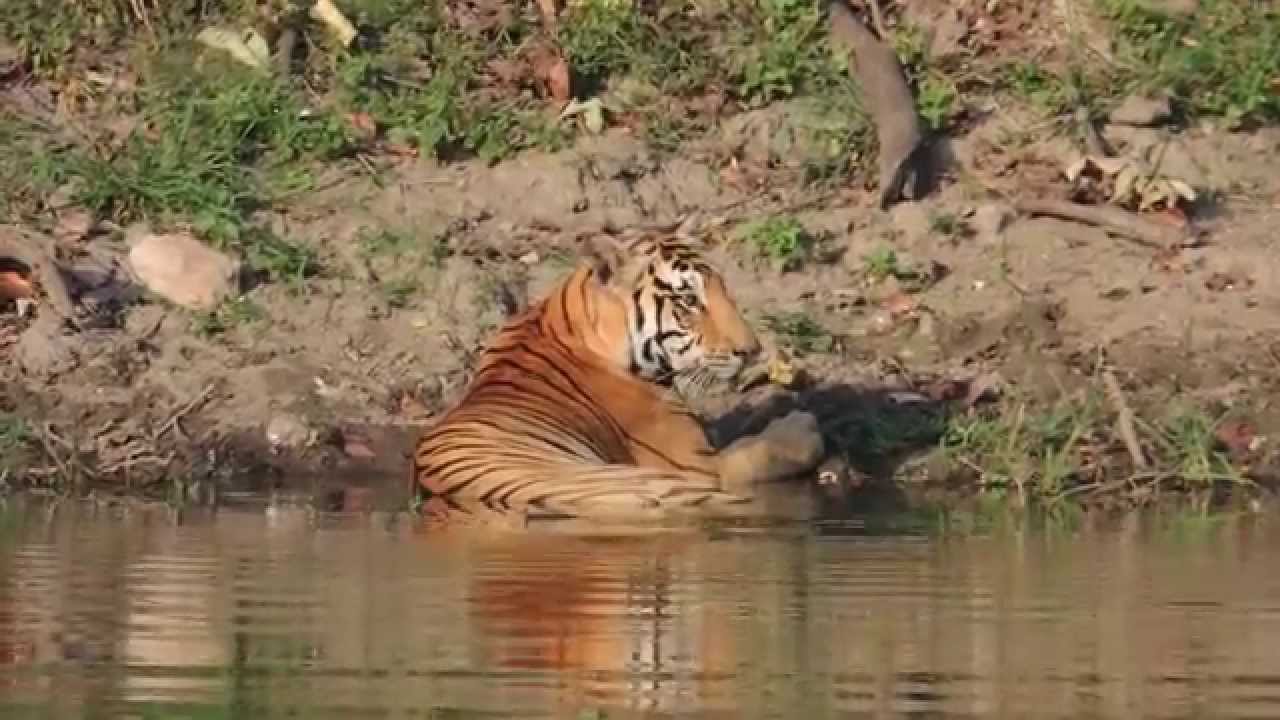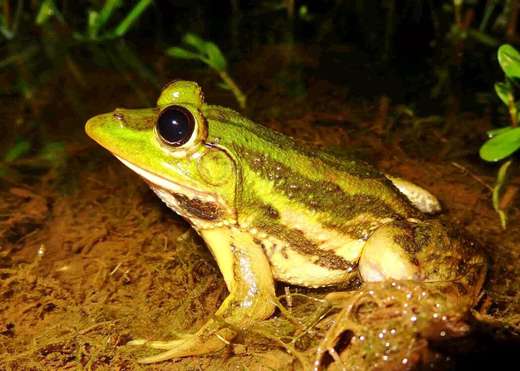Man’s increased preference for frog legs to satisfy his palate has been posing a great threat to the survival of amphibians round the world driving them to near extinction. The first ever comprehensive study on frog leg market reveals how their reduced numbers and extinction can have devastating effect on the environment and the natural ecosystems; the situation warrants immediate action by way of stopping use of frog species for international trade.
Since Frog legs are considered a delicacy, more and more humans are consuming them resulting in the vanishing of frog species. The US and the EU top the list of importers of frog legs. Though Humans eating frogs, is not a new phenomenon, to sustain the practice at a global scale is not possible and would result in adverse effects.
“Canapés to Extinction: The international trade in frogs’ legs and its ecological impact,” on international trading of frog legs is authored by groups such as Defenders of Wildlife, Pro Wildlife, and the Animal Welfare Institute.
Acting director of international conservation programs for Defenders of Wildlife, Alejandra Goyenechea stated, “Billions of frogs are traded internationally each year for human consumption, and that industry is responsible for depleting wild populations, spreading deadly disease, and allowing invasive species to destroy the health of native ecosystems.”
The study details how a few handful of countries could accelerate the decline of frog species round the globe.
Director of wildlife programs for Pro Wildlife in Germany, Sandra Altherr, said, “The capture and killing of native frogs is prohibited within the EU, so it is incomprehensible that we would be supporting environmentally disastrous practices abroad.”
Statistics says it All
The US alone imported an average of 4.6 million pounds of frog legs every year in the last few years which amounts to killing of 456 million to 1.1 billion frogs with its demand ever increasing. Indonesia, Brazil, Vietnam, Taiwan, Ecuador, the Dominican Republic, Mexico and China are some of the countries that supply US.
Indonesia, the lead supplier of frog legs constitutes 84% of EU’s total imports comprising of Netherlands, France and Belgium as top importers. The average import of the EU each year, in the last decade is 9.2 million pounds of frog legs which translates in to 1 to 2.3 billion frogs. Add to this another 4.4 million pounds live frogs consumed by Asian-American markets, says the report.
In Indonesia, billions of frogs are caught in the wild; frogs are farmed intensively in some of the countries like Vietnam, Taiwan, and China to cater to the increasing demands of export market.
It is interesting to note that India and Bangladesh dominated the frog leg markets till the mid-1980s. The resulting effect was the vanishing of many species of wild frogs, including the Indian bull frog and green pond frog which were in great demand. It was a costly price to pay. Decline in frog species initiated use of more and more pesticides as there were no frogs to keep a check on the insect, agricultural pest population.
In 1985 these two species were listed in the Appendix II under Convention on International Trade in Endangered Species of Wild Fauna and Flora (CITES). Both India and Bangladesh banned export of frog legs and paved way for a gradual recovery of native frog species with lessened use of pesticides. While these two countries are on revival path other countries are losing out on Amphibian population in the name of trade.
A Wildlife biologist with the Animal Welfare Institute, D.J. Schubert said,
“Wild populations across Asia are already in trouble, and unregulated trade puts native species in the U.S. at even greater risk from deadly diseases that have been wreaking havoc on amphibians worldwide. It will take a coordinated effort from governments and the world’s conservation community to prevent the extinction of imperiled frog species and to protect our native species from harmful invasives.”
There is cause for some cheer as the conservation groups are planning to distribute the report to key Government officials as also the CITES seeking immediate action to check exploitation of frogs in international trade.
A frog may be a tiny animal but preserving and protecting them will benefit mankind in the long run; failing this would result in untold future complications.
Related Stories:
Researchers Rediscover Five Lost Frog Species
Indian Scientist Plant to Create a Virtual Fence to Save Forest Animals
Endangered Indian Animals Flooding Pet Market of Thailand
Article Reference: Red Orbit







One thought on “Increased Frog Leg demand Threatening Amphibians to Extinction”